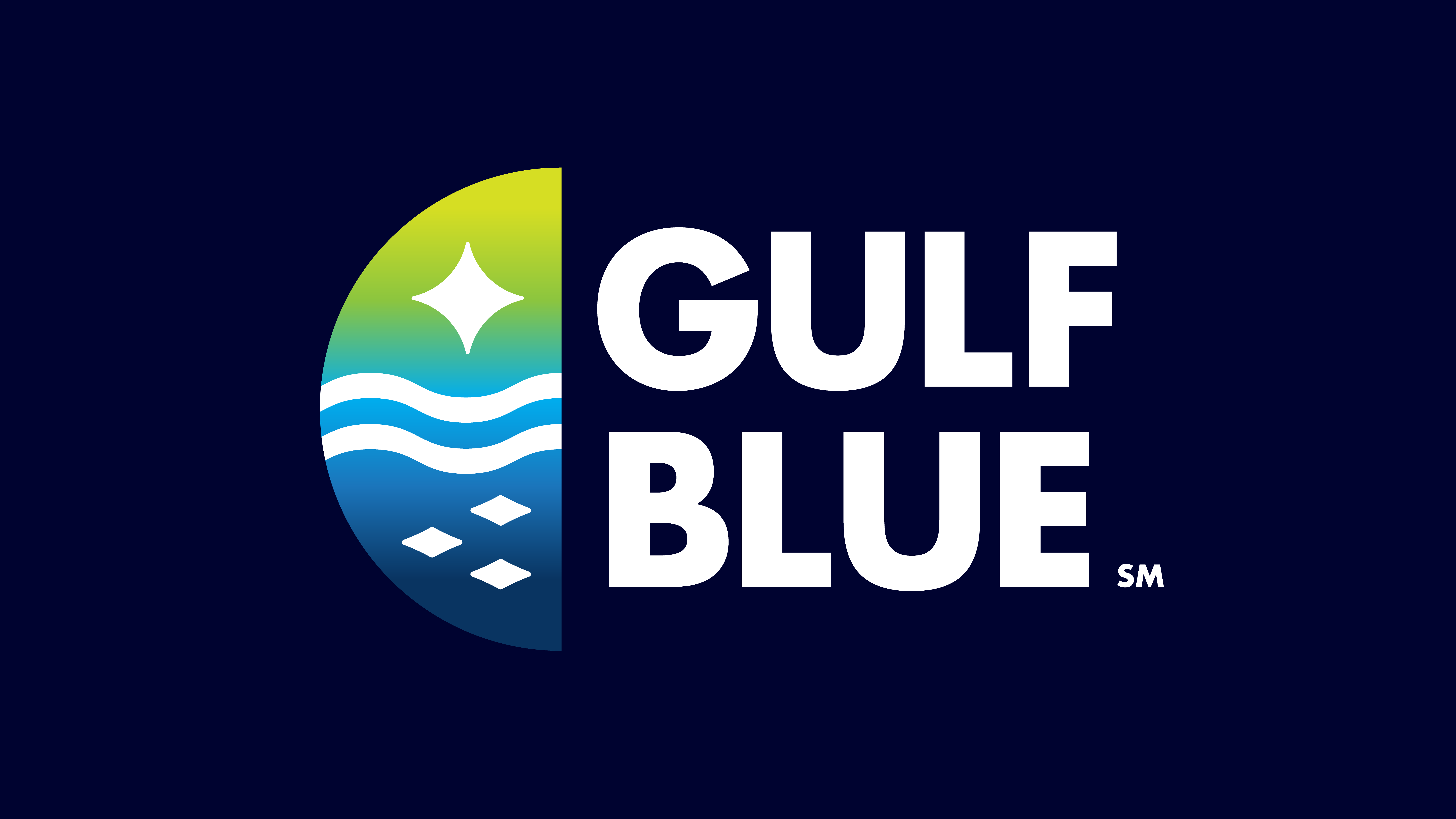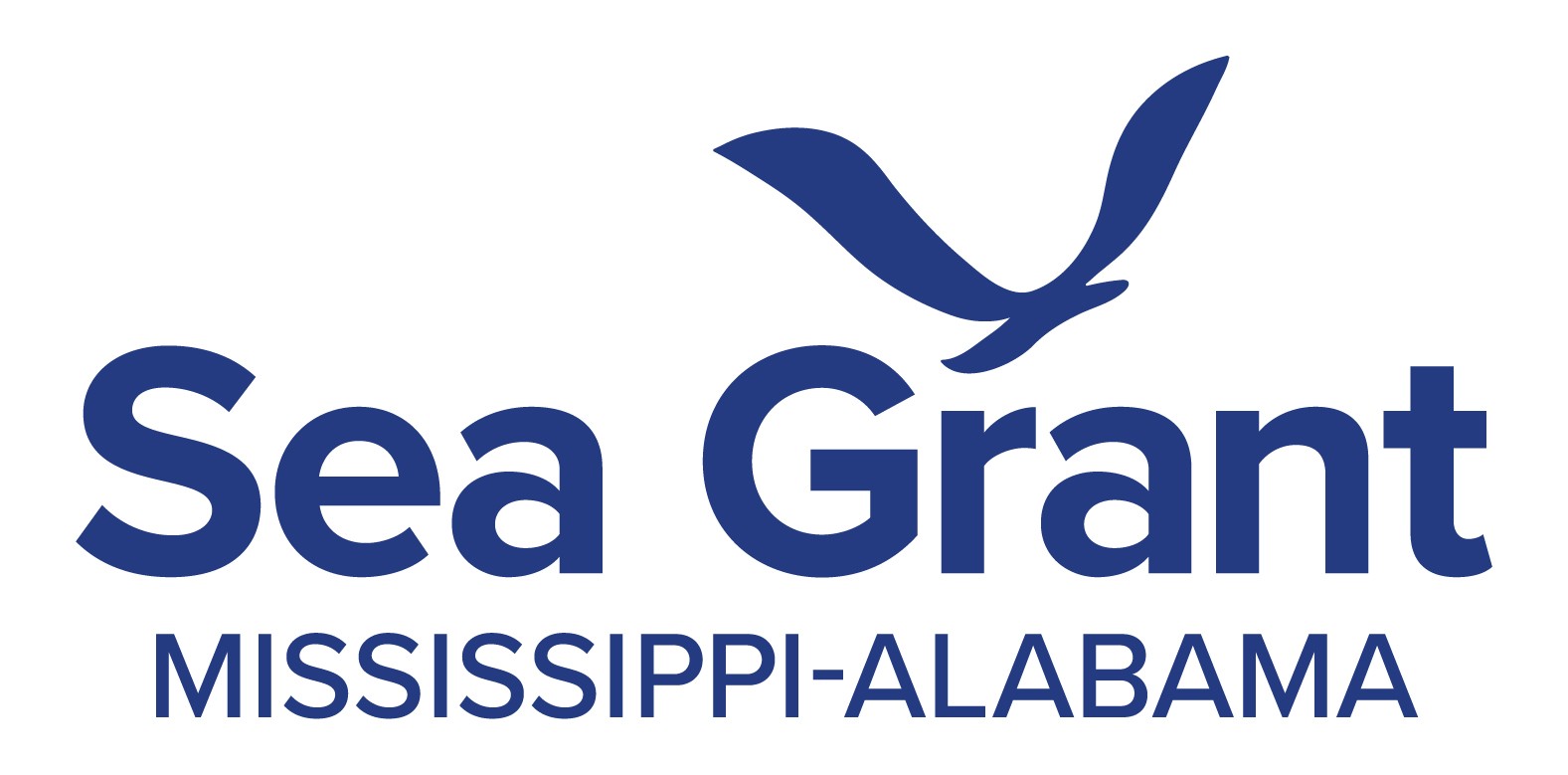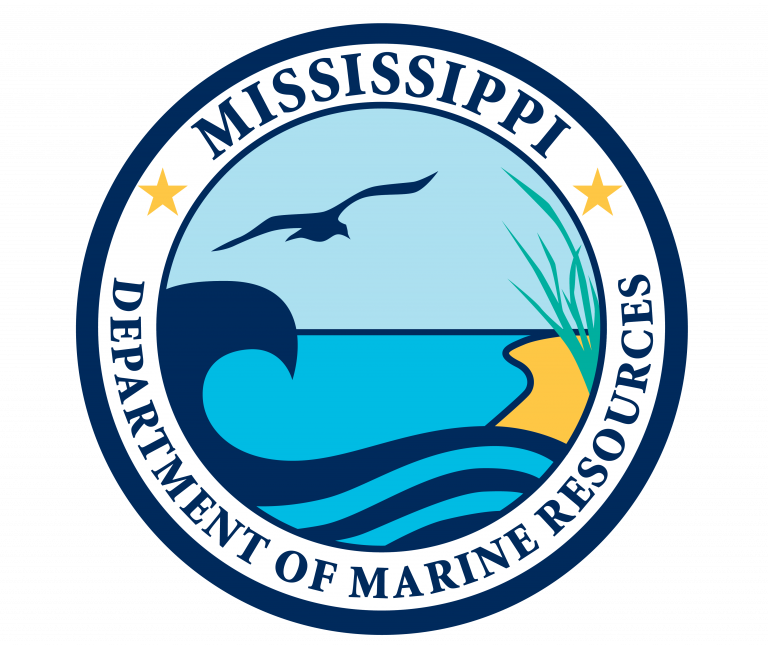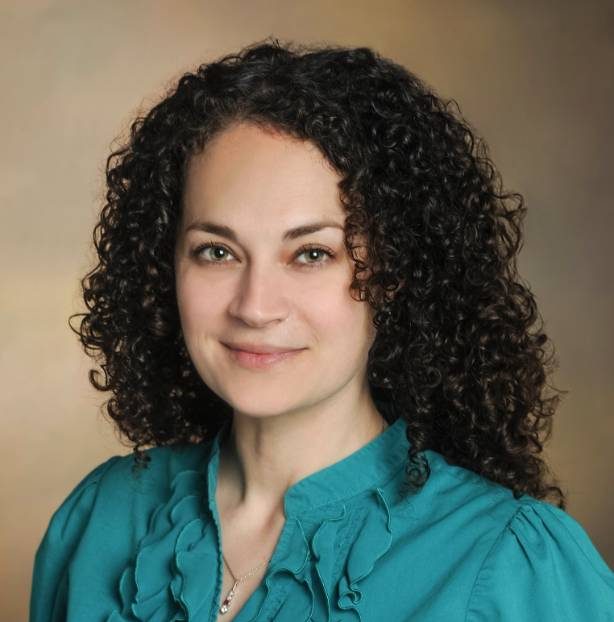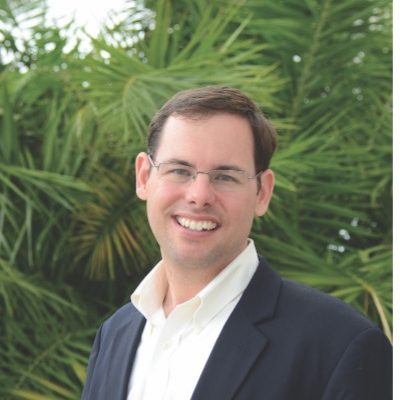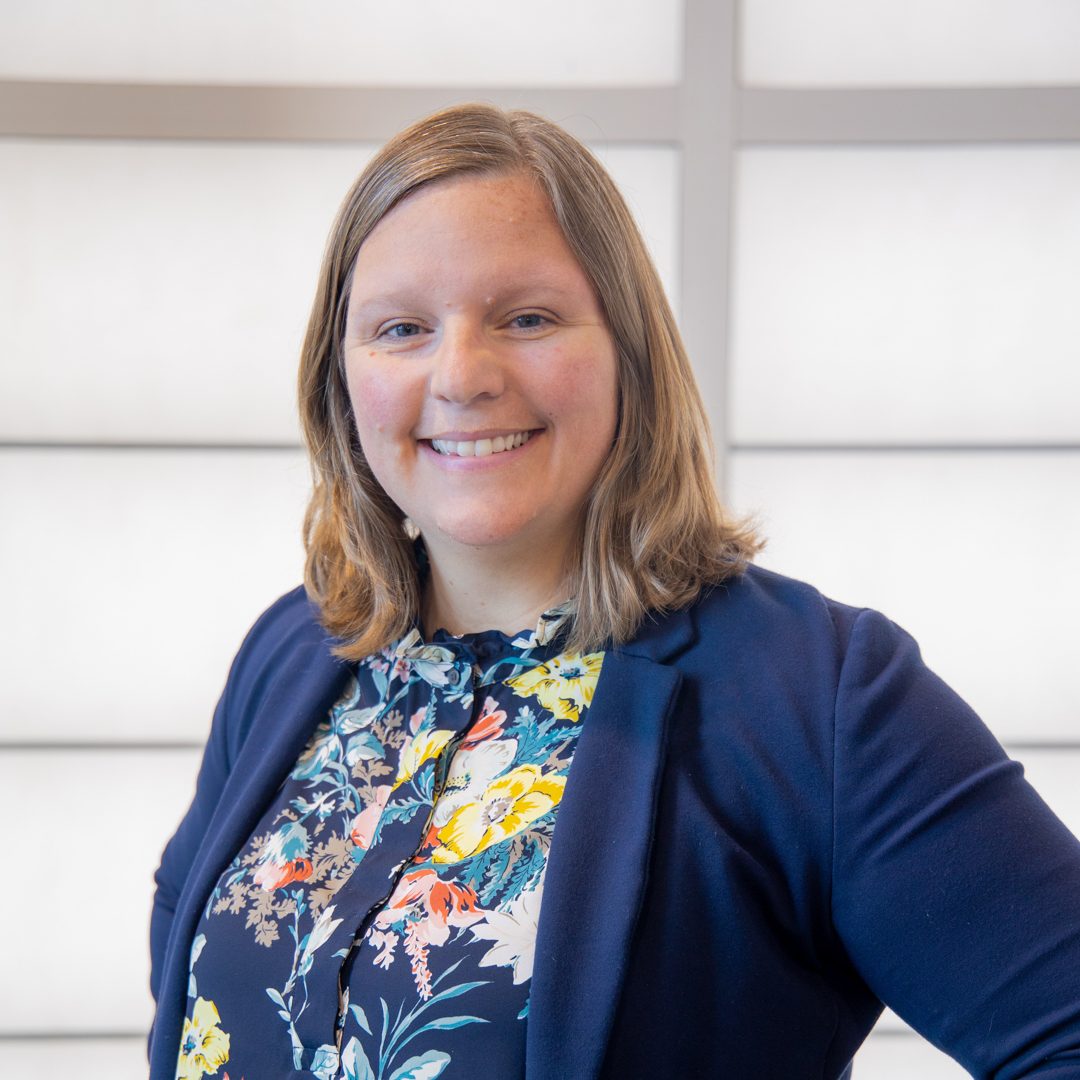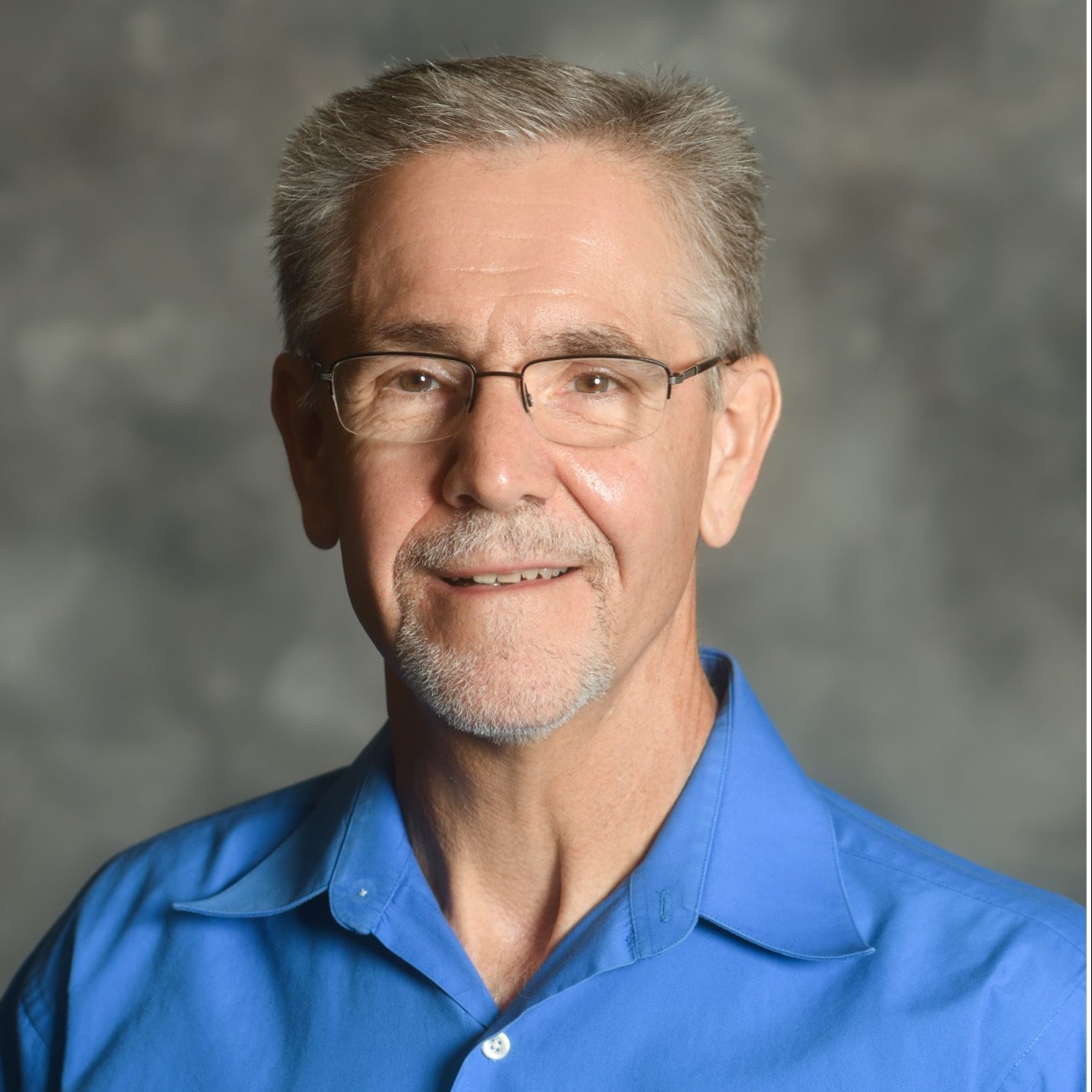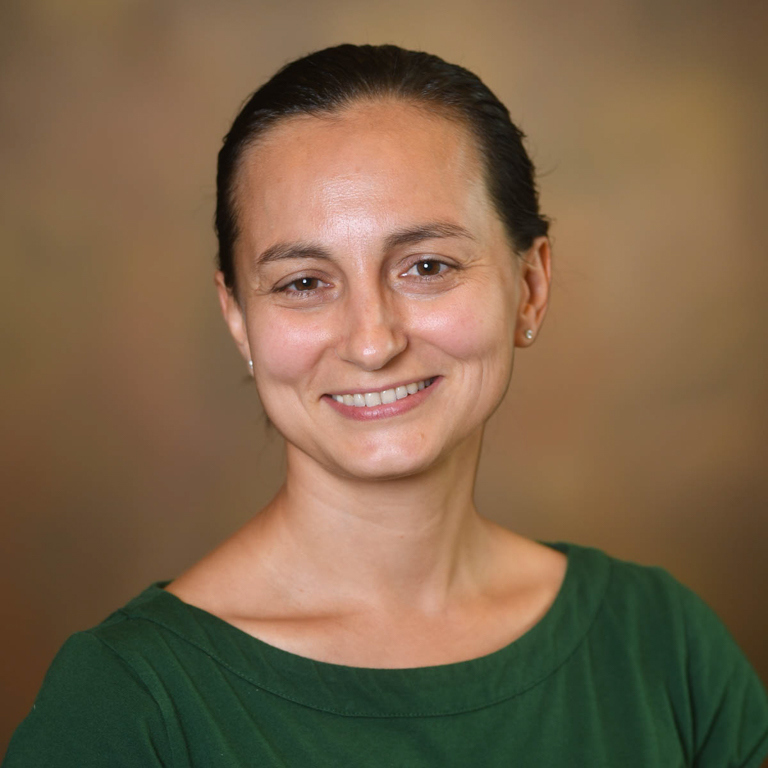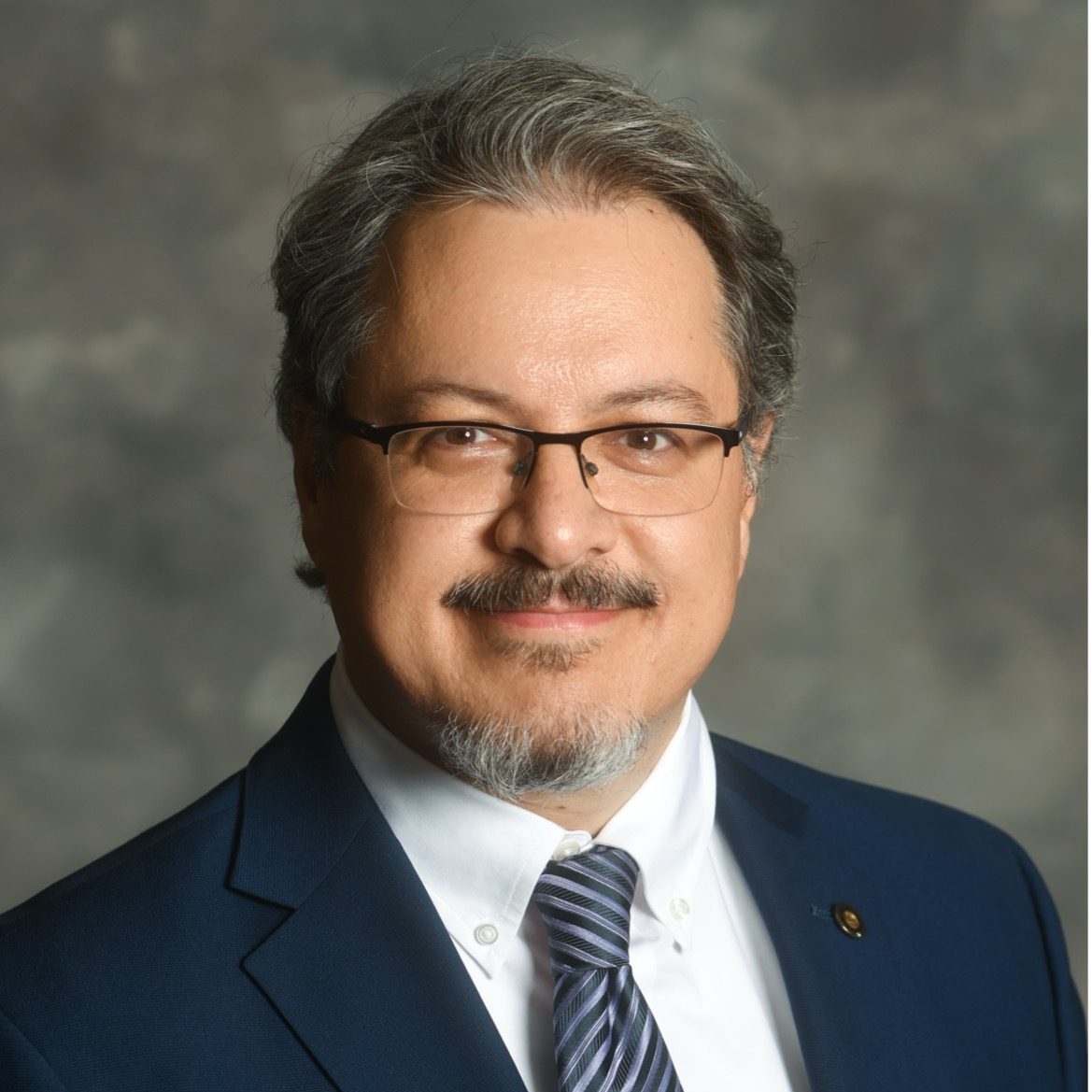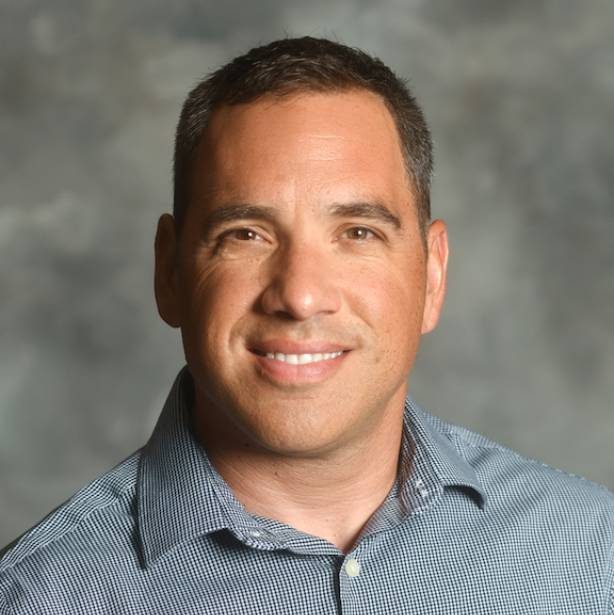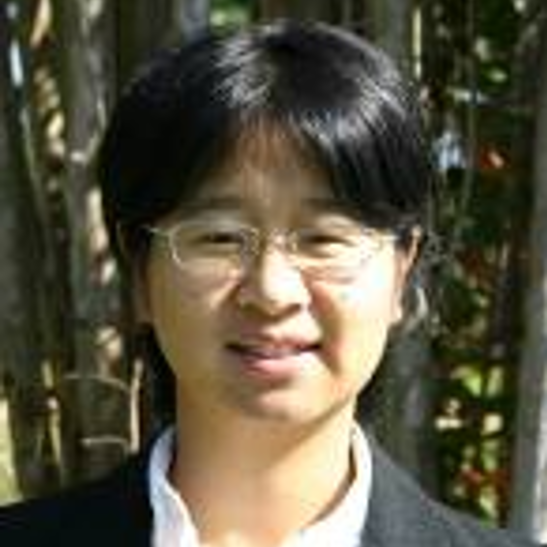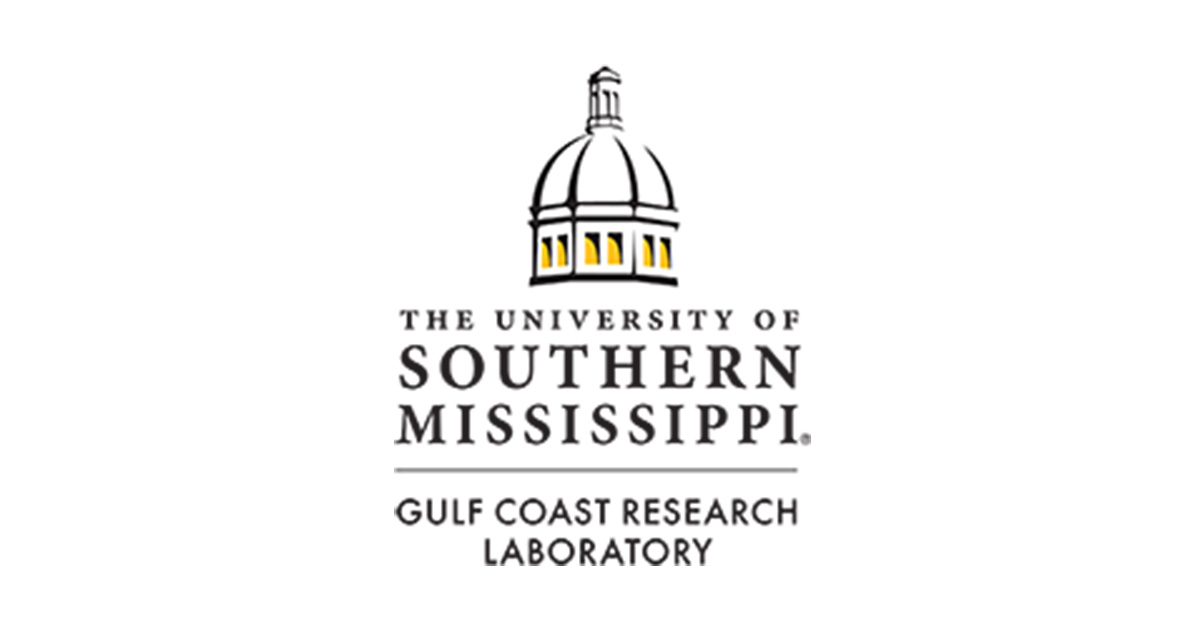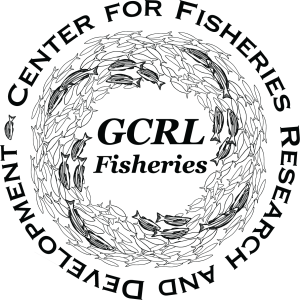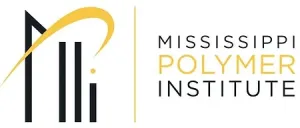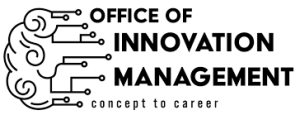Rising to the Challenge
Mississippi and Alabama living marine resources provisions a seafood industry that contributes ~40% of domestic seafood supplied by the Gulf of Mexico, and to the multibillion-dollar fishing and tourism industry. Rapid population growth, warming waters, extreme events, and erosion and habitat degradation stress the ecosystems of the Gulf that support living marine resources, and by consequence fishing and tourism enterprises, the fishing and seafood industry, the infrastructure that processes and transports product regionally and globally, and the health, well-being, and food sovereignty of people in these industries and communities. The recreational and commercial seafood industry is an economic driver across MS-AL Gulf communities and is deeply intertwined with heritage, culture, tourism, recreation, commerce, trade, and health. The demand for fish by consumers grows with continued demand and need for inexpensive and quality protein. Although the stocks of Gulf of Mexico living marine resources in state and federal waters are generally sustainable and the fisheries are well managed, demand is high: Up to 90% of the total US seafood supply is imported to meet consumer demand. The resilience of the seafood industry is a challenge that collides at the intersection of food security, environmental change, and energy demand for the people of the Gulf. The MS-AL Gulf economy cannot afford to lose seafood resources.
Holistic and Participatory Approach
Our solution is a holistic and participatory approach centered around the challenge of sustainable fisheries and aquaculture production paradigms that operate in harmony with nature to support the needs of Gulf Coast communities. Our team consists of experts on the oceans and coasts, education, community engagement, health, technology innovation and business development. Our solutions will be supported by community engagement planning to ingrain broader interest holders in the solutions process, communicate progress and outcomes across diverse media, and provide funding for community-driven innovation. We will build on existing infrastructure to conduct robust assessment and monitoring of environmental, energy, technology and human health impacts. Both industry and communities will intensely benefit from the energy, environment, and health impacts of our solution. In five years, we will establish a durable framework for co-development of theory and evidence informed interventions to address seafood production, distribution, access, and benefits derived from adopting new technologies. Using our existing innovation ecosystem, we will launch new technologies and opportunities built from translation of use-inspired discovery to support health, economic prosperity and environmental sustainability.
Key Partners
Project Leadership
Our team consists of experts on the oceans and coasts, education, community engagement, health , technology innovation and business development with interest in connecting diverse perspectives and expertise around living resources of the Gulf to community health. We bring together USM’s coastal research centers, academic units, and Office of Technology Development with external partners into work addressing the challenge of sustainable seafood for the Gulf of Mexico, and broadening access and opportunity in the seafood industry.
Affiliated Faculty
and Collaborative Programs
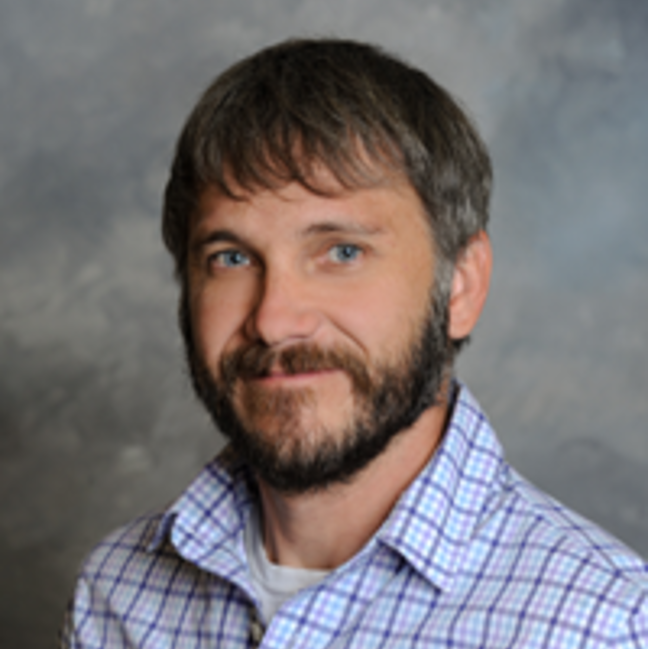
Carlton Anderson, PhD
The University of Southern Mississippi
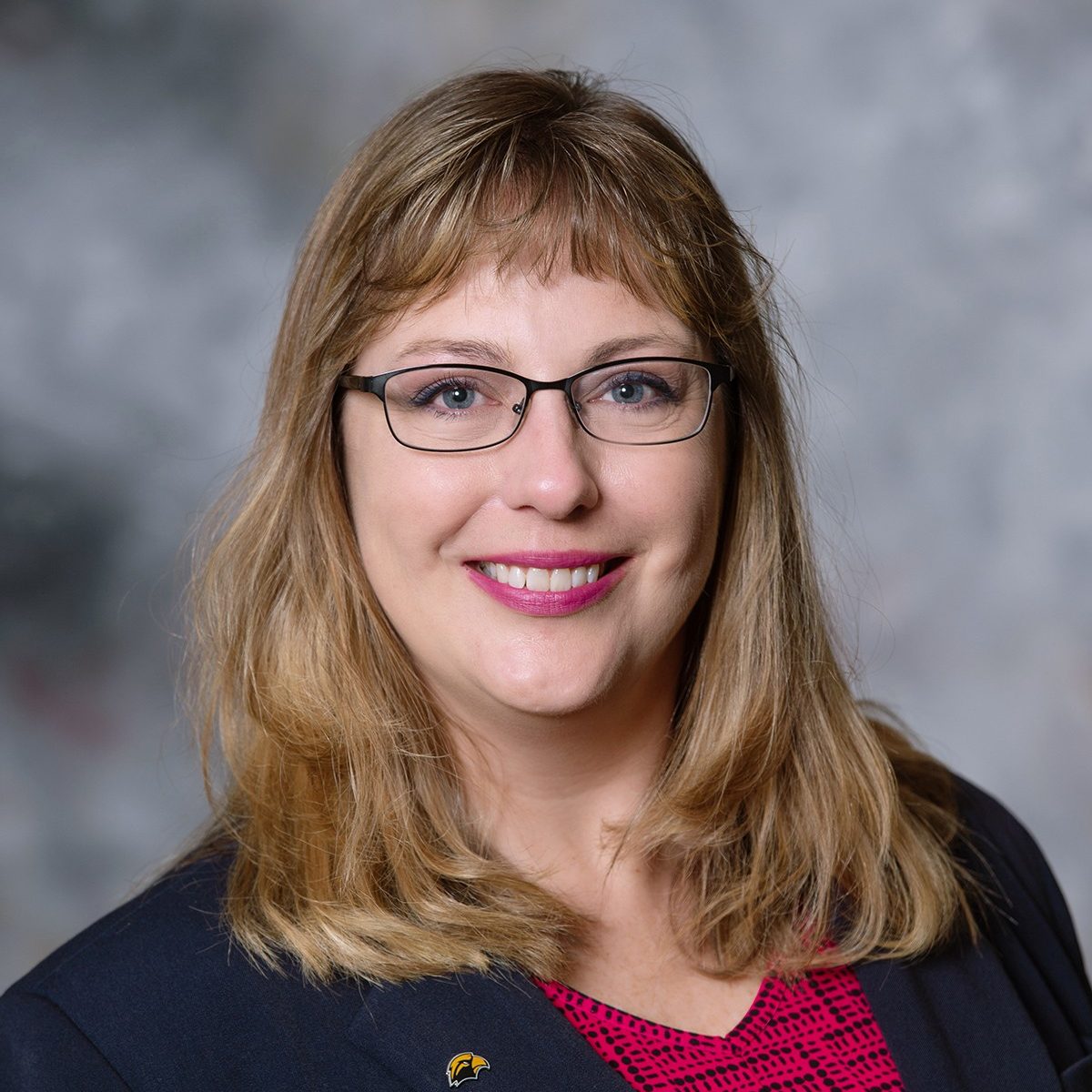
Jill Hendon, PhD
The University of Southern Mississippi
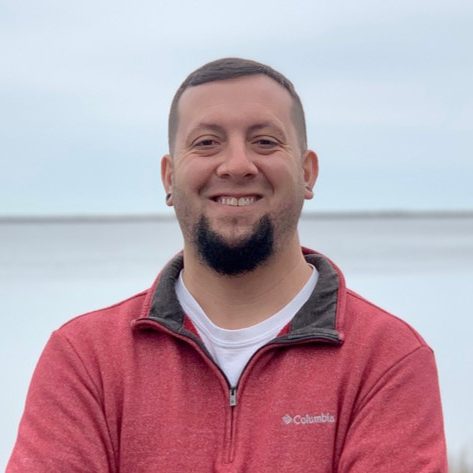
Jeremy Higgs, PhD
The University of Southern Mississippi

Jessica Kastler, PhD
The University of Southern Mississippi

Tavia Marinovich
The University of Southern Mississippi
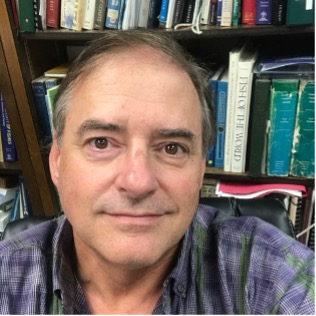
Daryl C. Parkyn, PhD
The University of Southern Mississippi
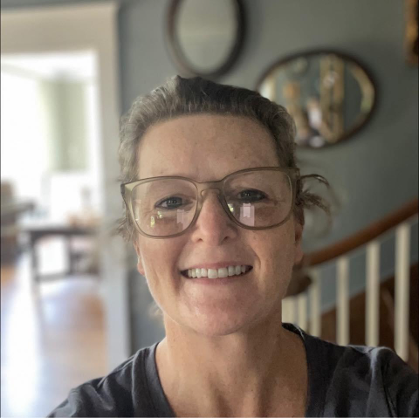
Monica Tisack, PhD
Mississippi Polymer Institute The University of Southern Mississippi Innovation and Commercialization Park
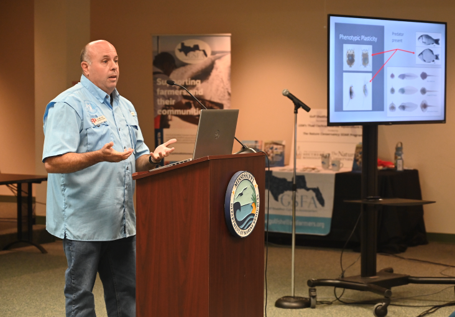





 For example, the areal extent of the
For example, the areal extent of the 


